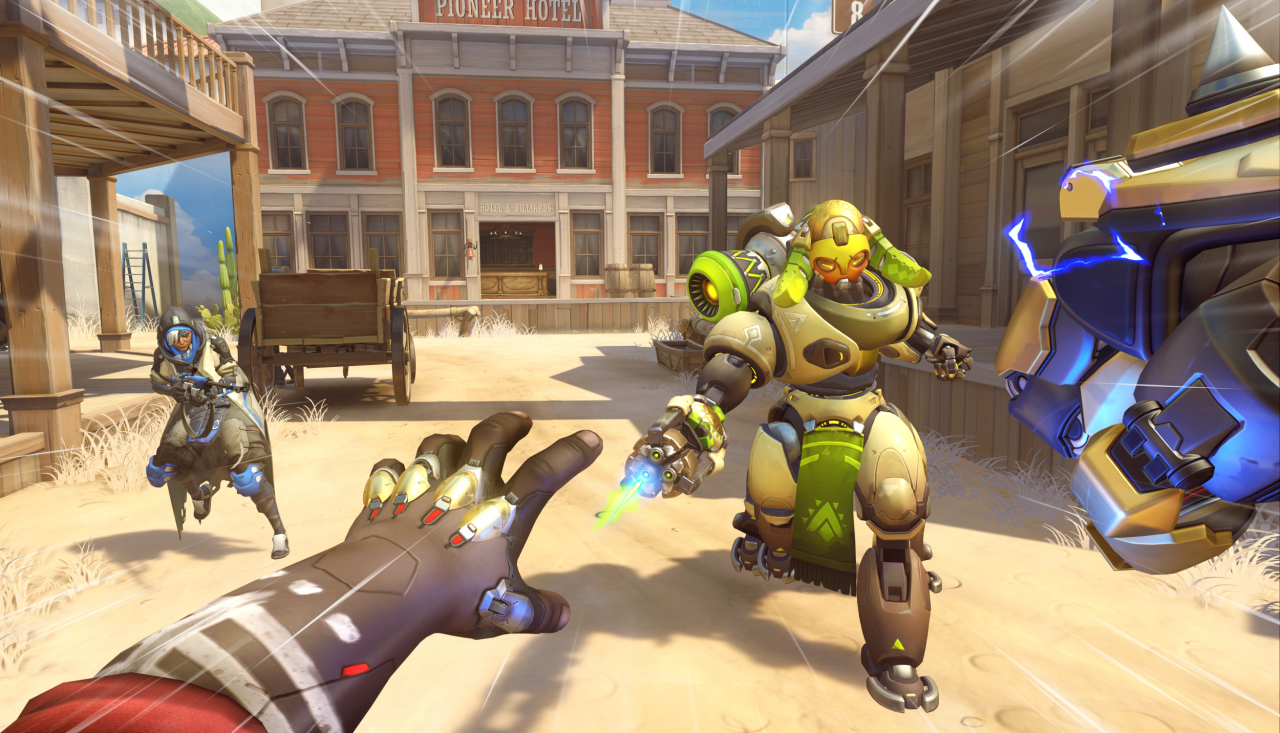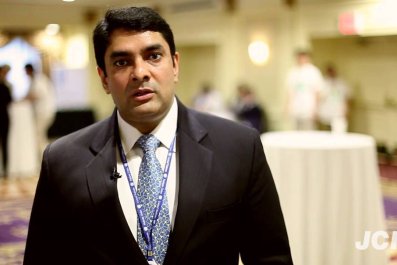The Barclays Center hosted a new set of athletes in July: two dozen people playing Overwatch. More than 10,000 fans of Blizzard Entertainment's highly successful multiplayer shooter gathered to watch the Philadelphia Fusion take on the London Spitfire for the Overwatch League Grand Finals — a high-stakes pro tournament with a $1 million prize.
Esports has surged in popularity over the last decade. The best athletes compete for their share of prize pools that can be worth millions. In 2017, the esports global market grew to $696 million, according to gaming and mobile analytics firm Newzoo, and market revenue is expected to hit $1.5 billion by 2020. This isn't an overnight success story, however; the roots of modern esports tournaments stretch back decades. And Blizzard was there.
An Orange County-based game developer and publisher, Blizzard was founded in 1991 by Mike Morhaime and a handful of developers. Alongside Overwatch, games like Warcraft , Hearthstone and Diablo have cultivated a global fanbase of millions. Blizzard has been a dominant force in esports for more than 20 years, but it started by accident in a place Morhaime had never stepped foot in: South Korea.
While Morhaime and his team were building Blizzard, South Korea was building high-speed broadband. The government invested heavily in telecommunications during the '90s and thousands of internet cafés, known as PC Bangs, sprang up across the country. Often open 24 hours, these arcades offered inexpensive hourly access to high-end PCs and soon became thriving social hubs. The game everyone was playing? Blizzard's StarCraft.
"It was a perfect storm of events that StarCraft was in the middle of, since it was the game of choice during this rapid evolution," Morhaime tells Newsweek . "People started paying attention to who the best players were. Your top players became celebrities." Half the total copies StarCraft sold, more than 4.5 million, were in South Korea.
Released in 1998, StarCraft pioneered a key feature for esports: built-in software that connected players directly to the internet so they could play against anyone around the world. An evolved version of this type of online multiplayer experience remains at the core of today's competitive gaming scene.
Deft StarCraft commanders, often applying hundreds of keyboard and mouse commands a minute, gained notoriety and wealth. Pro players like Lim "BoxeR" Yo-hwan and Hong "YellOw" Jin-ho racked up tournament wins, and soon companies like LG and Samsung spent millions sponsoring players. In 2000, the South Korean government set up the Korean e-Sports Association to manage this newfound industry and solidify its commercial position.
"It took us all by surprise… we didn't even localize the game into Korean," Morhaime said. Without the unexpected success of StarCraft, Morhaime doubts the modern esports industry would even exist. "We were seeing stories about how popular the game was, but I didn't really understand until I was there in person. We've been supportive of esports ever since."
For this year's Overwatch League (OWL) one of Blizzard's goals was to ensure pro players could earn a reasonable living while they practiced, and made sure qualified athletes earned a salary regardless of their prize pool take. Team owners, who spent an estimated $10 to 20 million dollars for franchise rights to compete in the OWL, have headquartered their squads in cities around the world full of lucrative corporate sponsorships. Even Disney recently entered into a multi-year agreement to broadcast live coverage of the Overwatch League on ESPN.
Esports blurs the boundaries between the gaming world and traditional athletic leagues like the NBA and NFL. Soon, there may not be much distinction. "The popularity of esports was inevitable," says Morhaime, "but without StarCraft, we may not have caught onto it this early."















